CHINA - The recent "reverse" enrollment situation, with more masters and doctorates than students at top Chinese universities, has received public attention in this country.
In early September, Zhejiang University of Technology (China) caused a stir when it announced its enrollment numbers for 2024. Accordingly, the undergraduate program has 5,342 students, and the graduate program has 5,382 students. For the first time, the number of graduate students and undergraduate students at the school is equal to 1-1.
This year, Tsinghua University also recruited 3,760 new undergraduates and 12,069 graduate students. Peking University welcomed 4,408 new undergraduates, 6,936 master's students and 3,867 doctoral students. Similarly, Fudan University will recruit 4,337 undergraduates and 8,131 graduate students in 2024.
In addition, this situation also occurs in some other schools such as: East China University of Science and Technology, Shanghai University of Finance & Economics and Shanghai University of Science and Technology... According to education experts in China, "reverse" enrollment mainly occurs in schools under the 985 project (to build world-class universities) of the Government and Ministry of Education of this country.
It is undeniable that the expansion of enrollment and training of masters and doctors has provided society with a large number of talents, contributing significantly to the development of the country. However, it has also been accompanied by a number of consequences such as: reduced value of degrees, high cost of study and the most prominent situation is the situation of "high level, low employment".
Annual data from the Chinese Ministry of Education shows that the number of doctoral graduates has increased by 14.3% over the past 10 years, but the number of teaching staff nationwide remains at 3%, according to Times Higher Education . Explaining the problem, Mr. Tran Tieu Dan - Deputy Director of the Graduate School of East China University of Science and Technology, said: "In terms of data, the scale of postgraduate enrollment has increased rapidly, but in terms of the structure of the majors, to meet the requirements of the scientific and technological revolution as well as the transformation of the industry, schools still lack high-quality human resources."
For example, in the field of Artificial Intelligence, he said, current statistics show that China lacks up to 5 million talents in this field. Not only is there a lack of scientists, but there is also a lack of experts with technical proficiency and management skills.
According to Mr. Dan, to solve the problem of surplus human resources of "high qualifications, low employment", schools should adjust their training structure, optimize their programs and focus on teaching majors that the country is lacking.
Sharing the same view, Professor Uong Gia Lam of Shanghai University of Finance and Economics (China) affirmed that there cannot be a surplus of highly qualified human resources if schools continuously optimize the program structure to integrate learning, research and application of knowledge.
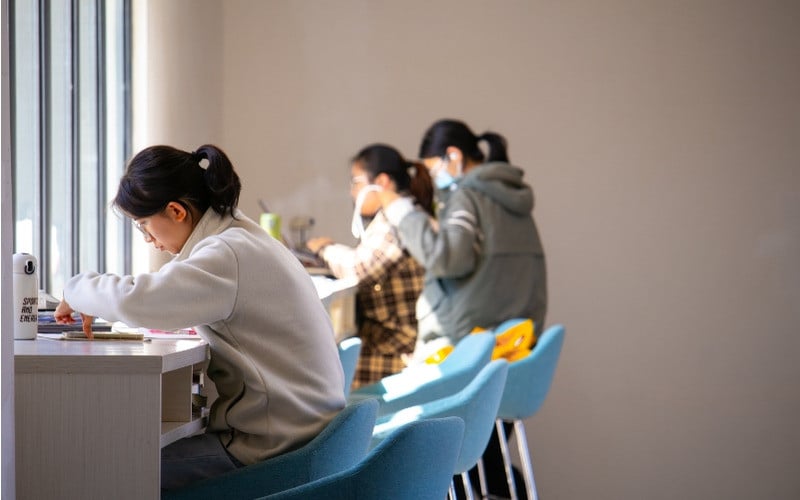
In fact, the postgraduate system in China is growing rapidly because many students have difficulty finding jobs and choose to pursue degrees. According to statistics from the Chinese Ministry of Education in March, in 2023 alone, the postgraduate system nationwide will enroll 1,301,700 people, of which 1,148,400 will be master's students and 153,300 will be doctoral students.
As of now, China has 3,882,900 postgraduate students, including 3,270,400 masters and 612,500 doctoral students. With a large gap between the ratio of PhDs and masters, according to China Science News, the number of PhDs in China is currently in serious shortage.
The reason is the imbalance in training. Specifically, in 2023, China will only recruit 31,400/153,300 professional doctorates, accounting for 20.48%. Thus, expanding the number of professional doctorate students annually, according to education experts in this country, is necessary, especially in fields such as: Science, Engineering and Technology,...

Source: https://vietnamnet.vn/tuyen-sinh-dao-nguoc-thac-si-tien-si-dong-hon-sinh-vien-2332901.html


![[Photo] Special relics at the Vietnam Military History Museum associated with the heroic April 30th](https://vstatic.vietnam.vn/vietnam/resource/IMAGE/2025/4/3/a49d65b17b804e398de42bc2caba8368)


![[Photo] Moment of love: Myanmar people are moved to thank Vietnamese soldiers](https://vstatic.vietnam.vn/vietnam/resource/IMAGE/2025/4/3/9b2e07196eb14aa5aacb1bc9e067ae6f)

![[Photo] Comrade Khamtay Siphandone - a leader who contributed to fostering Vietnam-Laos relations](https://vstatic.vietnam.vn/vietnam/resource/IMAGE/2025/4/3/3d83ed2d26e2426fabd41862661dfff2)












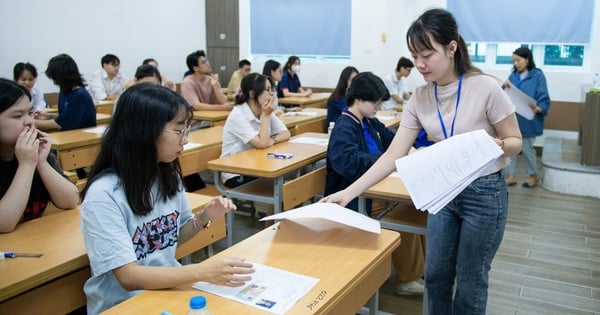

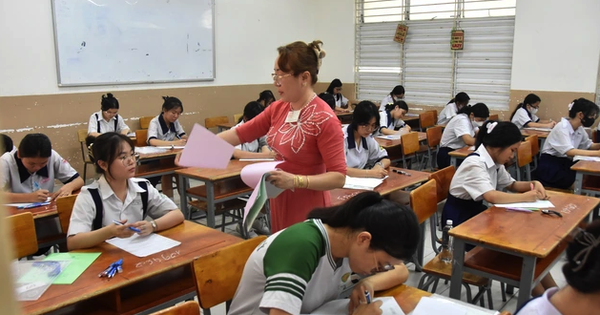






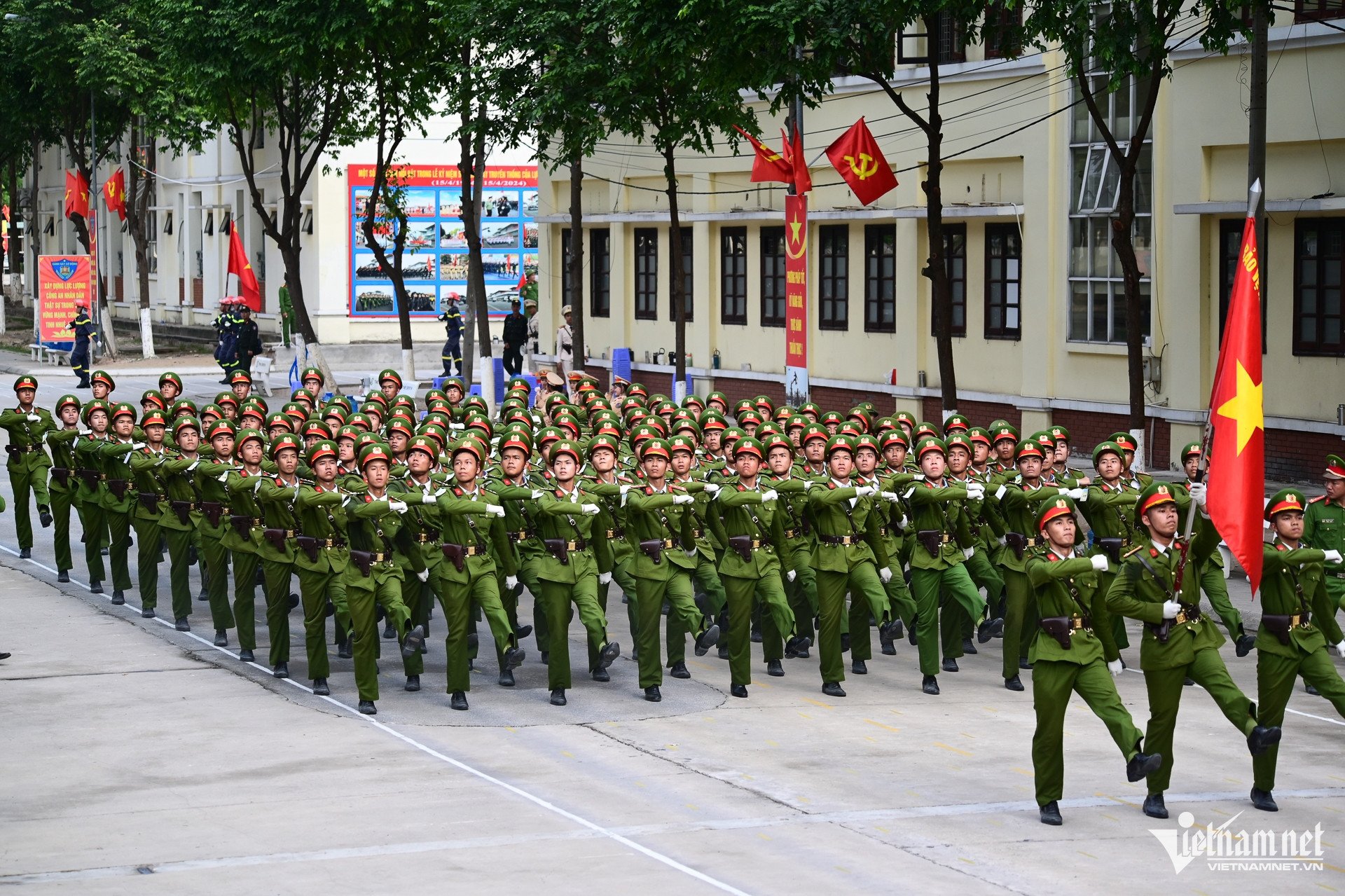
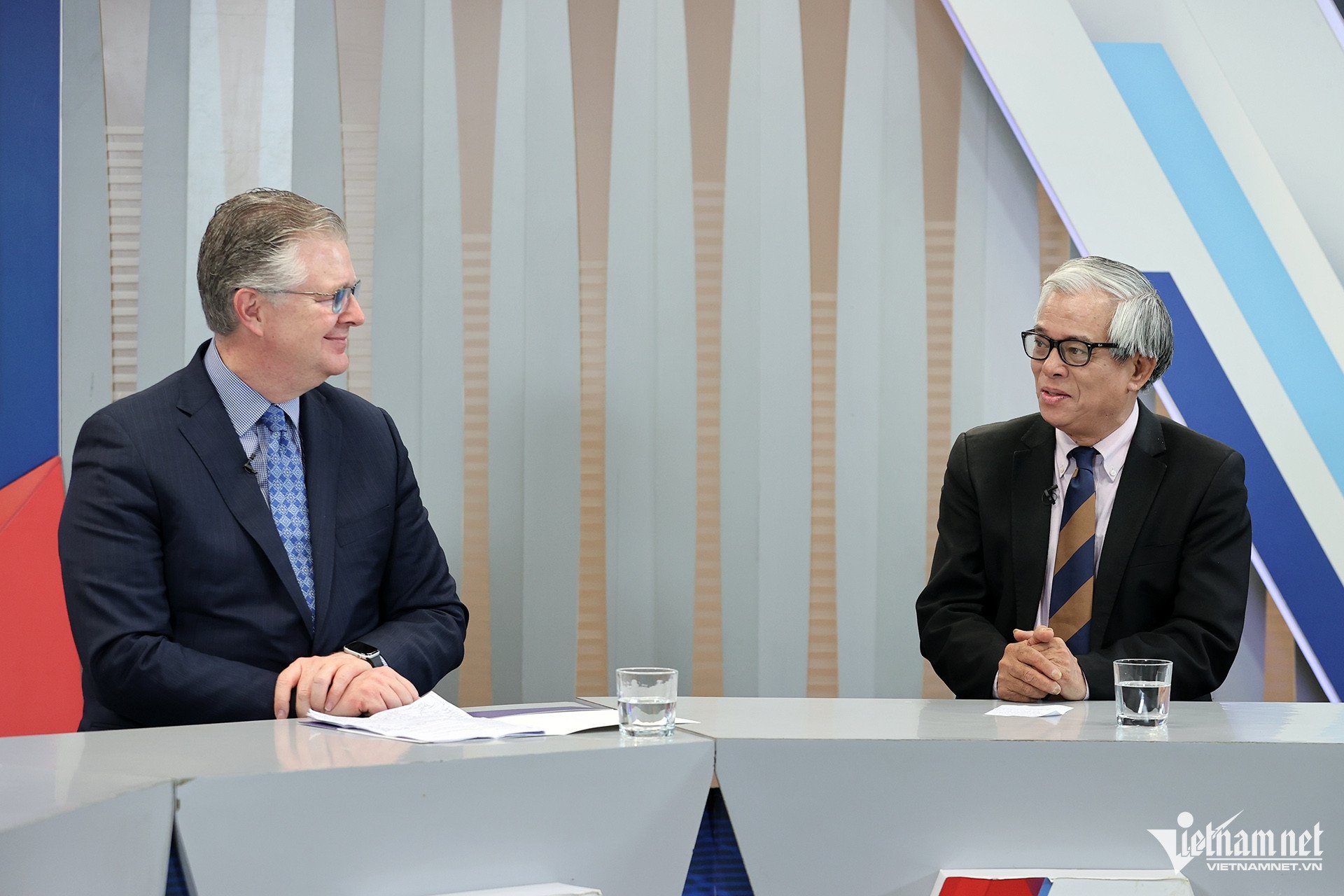
















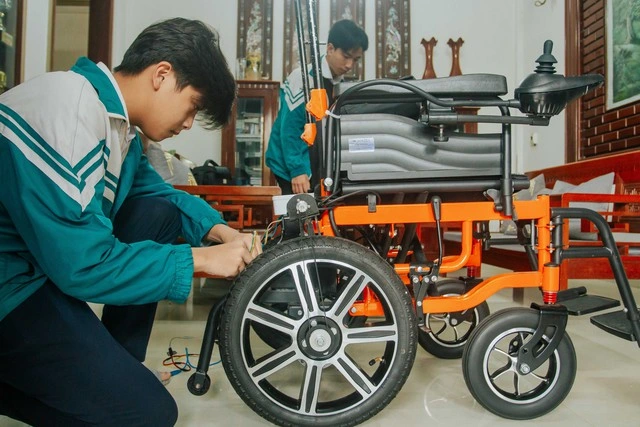












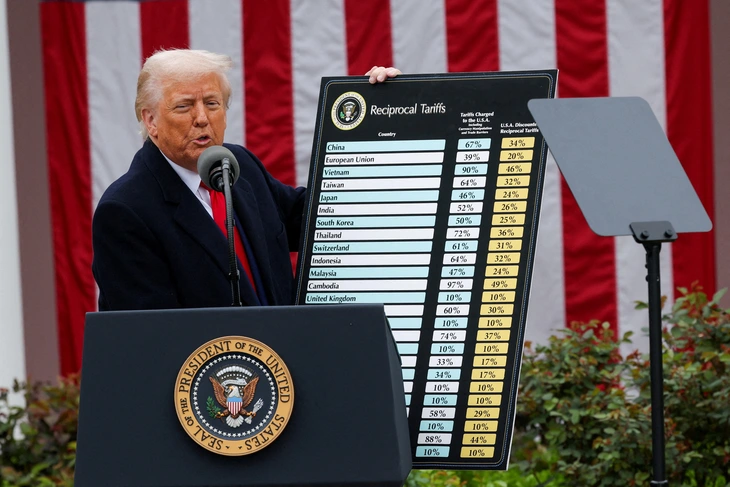

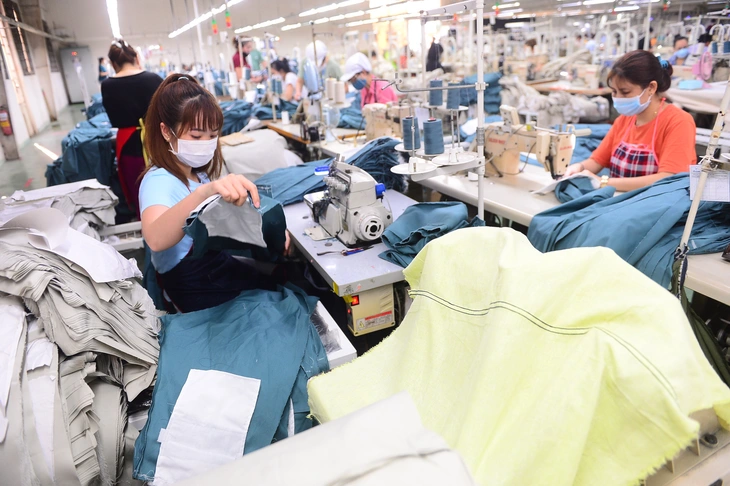


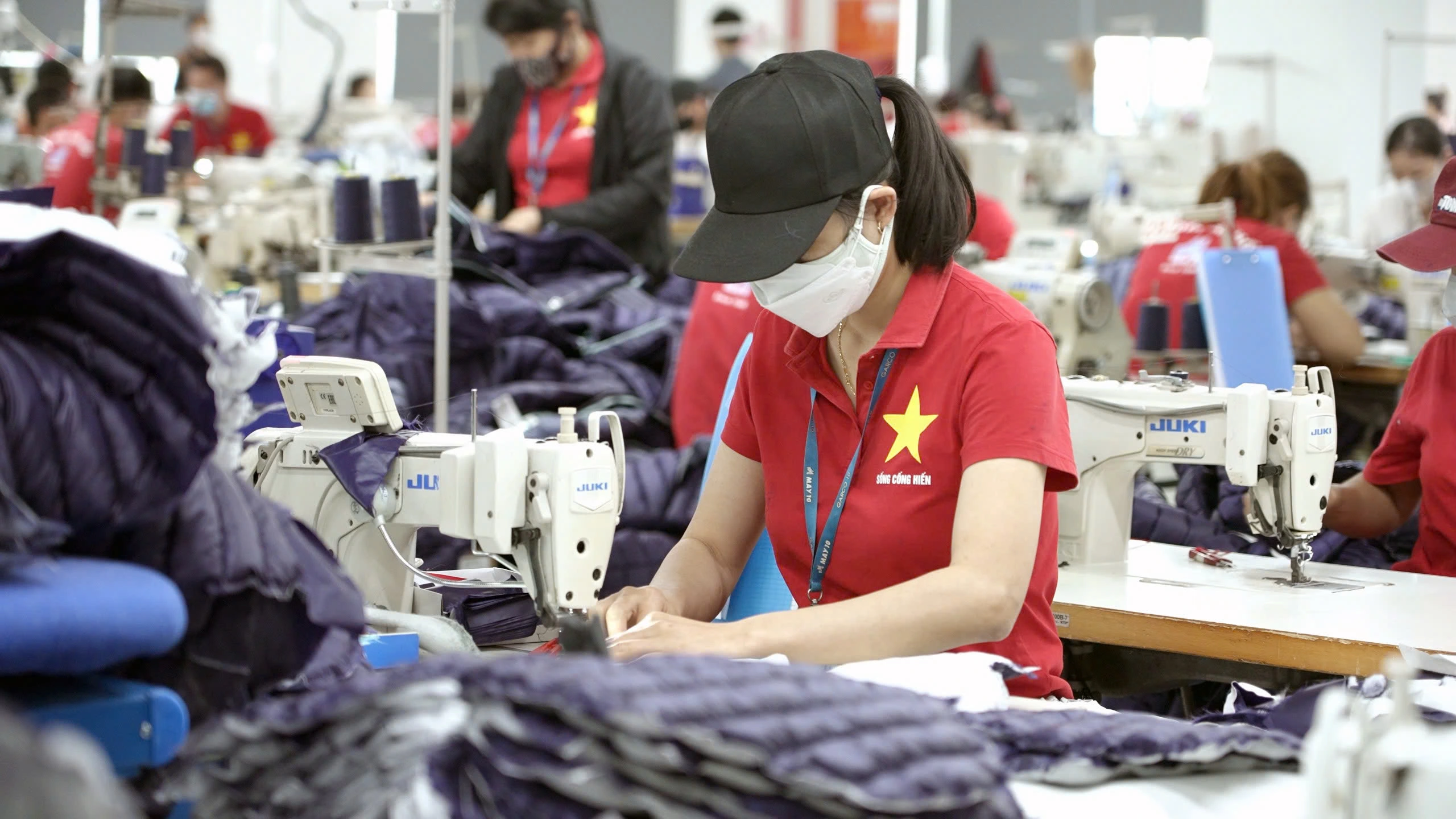


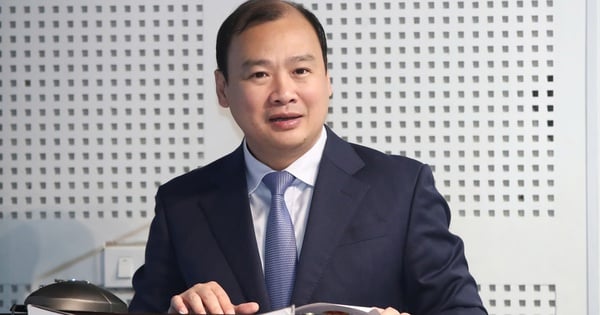

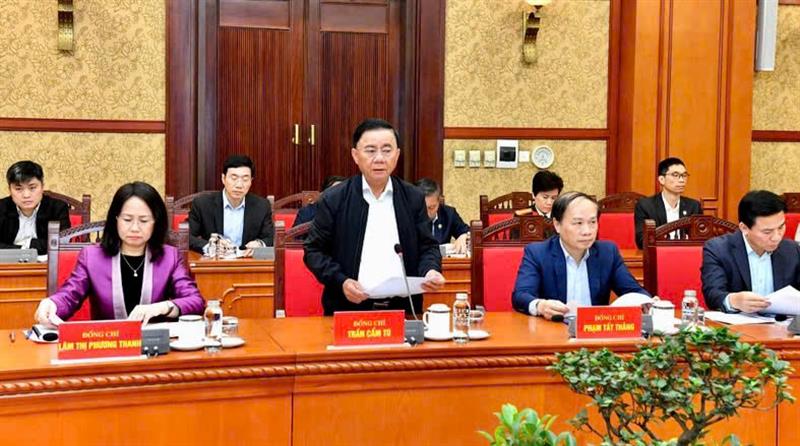




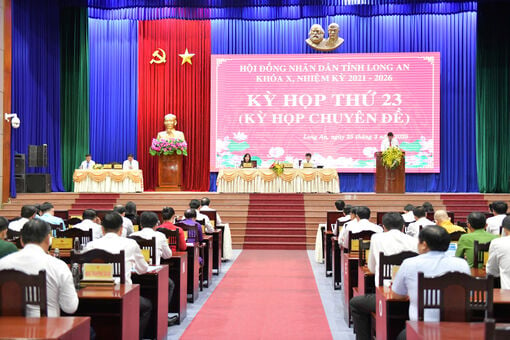


















Comment (0)